Plagiarism and AI Detection - Efficient Plagiarism & AI Detection
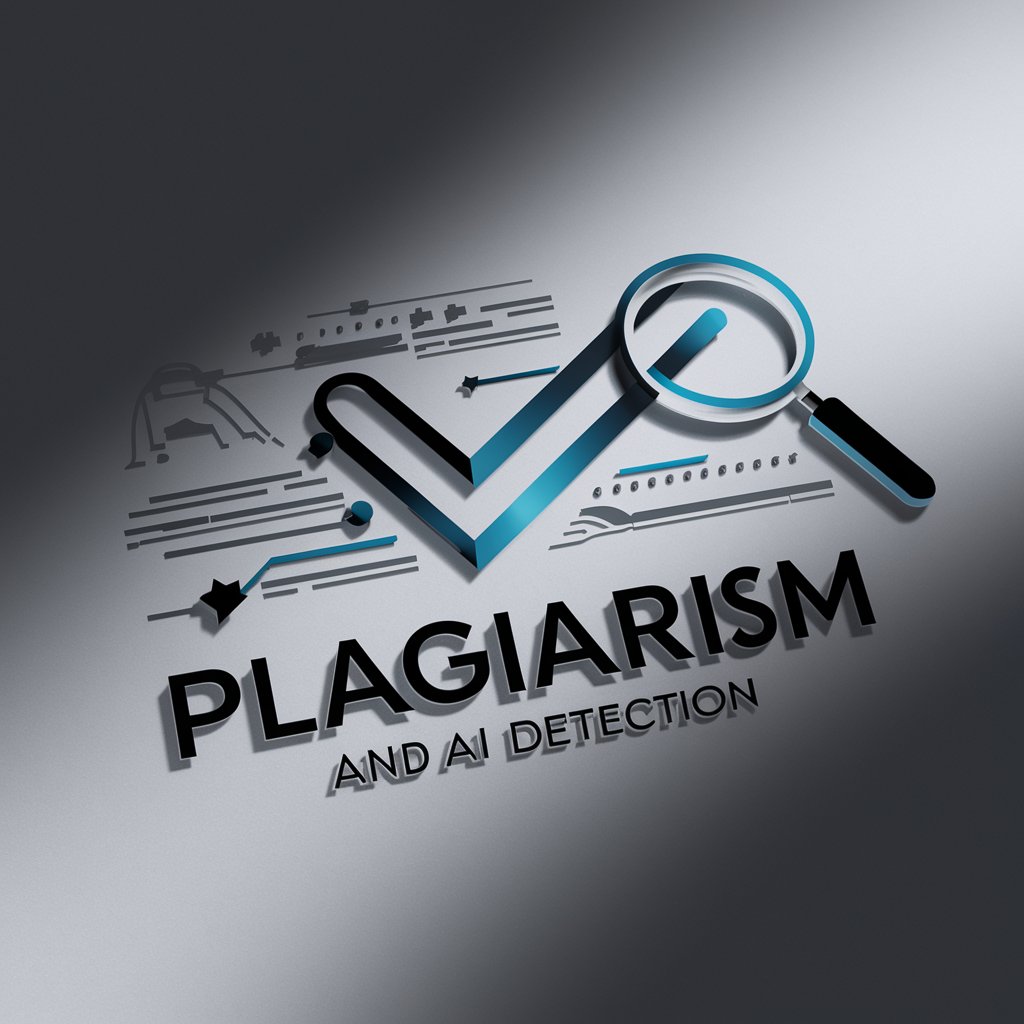
Welcome! Let's ensure your content is original and authentic.
Ensuring Authenticity with AI Precision
Analyze the following text for potential plagiarism and highlight any problematic sections:
Identify any AI-generated content in this document and specify the exact phrases or lines:
Evaluate this written content for originality and provide a detailed report on any issues found:
Conduct a thorough audit of this text, pointing out sections that might be plagiarized or AI-generated:
Get Embed Code
Overview of Plagiarism and AI Detection
Plagiarism and AI Detection is a specialized service designed to identify and analyze instances of plagiarism and AI-generated content within written documents. Its core function revolves around scrutinizing text to detect similarities with existing sources or patterns indicative of AI-generated content. This service uses advanced algorithms and databases comprising academic papers, books, online articles, and other digital content to compare and contrast the submitted text. For example, when a user submits an academic paper, Plagiarism and AI Detection examines each sentence against its database to identify potential overlaps with published works. Similarly, it assesses the text for linguistic and structural patterns that are commonly associated with AI-generated content, such as certain repetitive syntax or overly standardized phrases. Powered by ChatGPT-4o。

Key Functions of Plagiarism and AI Detection
Similarity Detection
Example
Identifying exact or paraphrased content that matches external sources.
Scenario
An academic institution uses the service to check students' submissions for plagiarism against a comprehensive database of scholarly articles, books, and conference proceedings to ensure academic integrity.
AI Content Identification
Example
Spotting content likely generated by AI based on writing style and structure.
Scenario
A publishing company employs the service to analyze manuscript submissions for signs of AI authorship, ensuring that all published works are genuinely human-created.
Source Verification
Example
Providing links or references to the original sources of matched content.
Scenario
Journalists and researchers use the service to verify the originality of their articles or reports before publication, crediting proper sources and avoiding unintentional plagiarism.
Writing Style Analysis
Example
Analyzing the writing style to distinguish between human and AI-generated text.
Scenario
Content creators use the service to review their own work for inadvertent similarities to AI-generated content, ensuring their output remains unique and authentic.
Target User Groups for Plagiarism and AI Detection
Academic Institutions
Universities, colleges, and schools benefit from using the service to uphold academic integrity, detect plagiarism in students' work, and teach proper citation practices.
Publishers and Authors
Publishing houses and independent authors utilize the service to ensure the originality of manuscripts, screen submissions for AI-generated content, and protect copyright integrity.
Content Creators and Marketers
Digital marketers, bloggers, and content creators rely on the service to maintain the uniqueness of their content, avoiding duplication and enhancing SEO performance through originality.
Research Institutions and Researchers
Research entities and individual researchers use the service to validate the originality of their findings, papers, and reports, contributing to the credibility and reliability of scientific communication.

How to Use Plagiarism and AI Detection
Start Your Trial
Begin by accessing yeschat.ai to initiate a free trial, bypassing the need for login or a ChatGPT Plus subscription.
Upload Your Document
Upload the text or document you wish to analyze. Formats can range from plain text to PDFs and Word documents.
Select Detection Tools
Choose the specific tools or checks you want to apply to your document, such as plagiarism detection or AI-generated content identification.
Review Results
Examine the detailed report provided, highlighting any plagiarized content or AI-generated text, along with sources for verification.
Apply Recommendations
Utilize the feedback to make necessary revisions, ensuring the authenticity and originality of your content.
Try other advanced and practical GPTs
JewelerGPT
Crafting Excellence with AI

Hardware Stores
Empowering your projects with AI assistance

Juego de Tronos: Juego del Tablero
Conquer Westeros with AI-driven insights

Guionista de Fenec
Reviving 90s Rock in Scripts
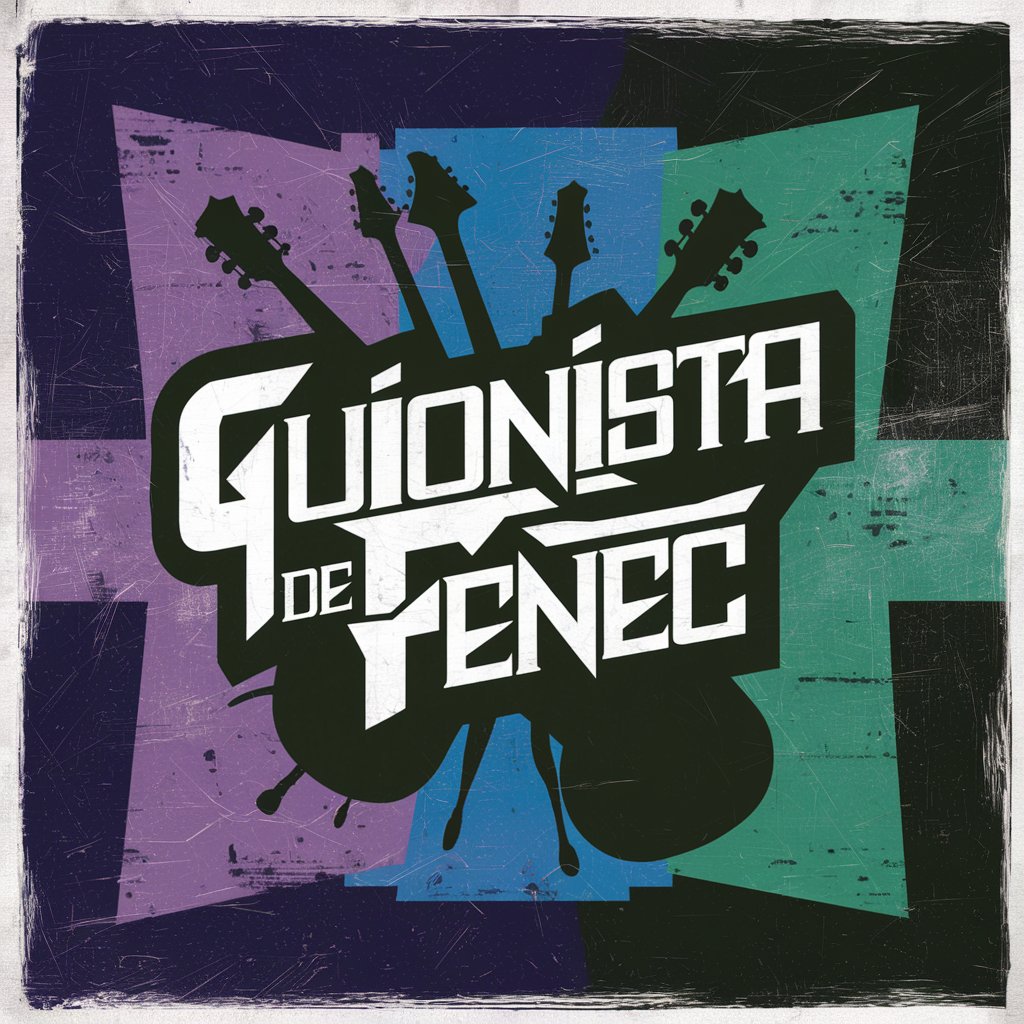
Gossip
Unlock the Latest in Celebrity Gossip with AI

Conversion Design
Elevate Your Web Presence with AI-Powered Design Insights
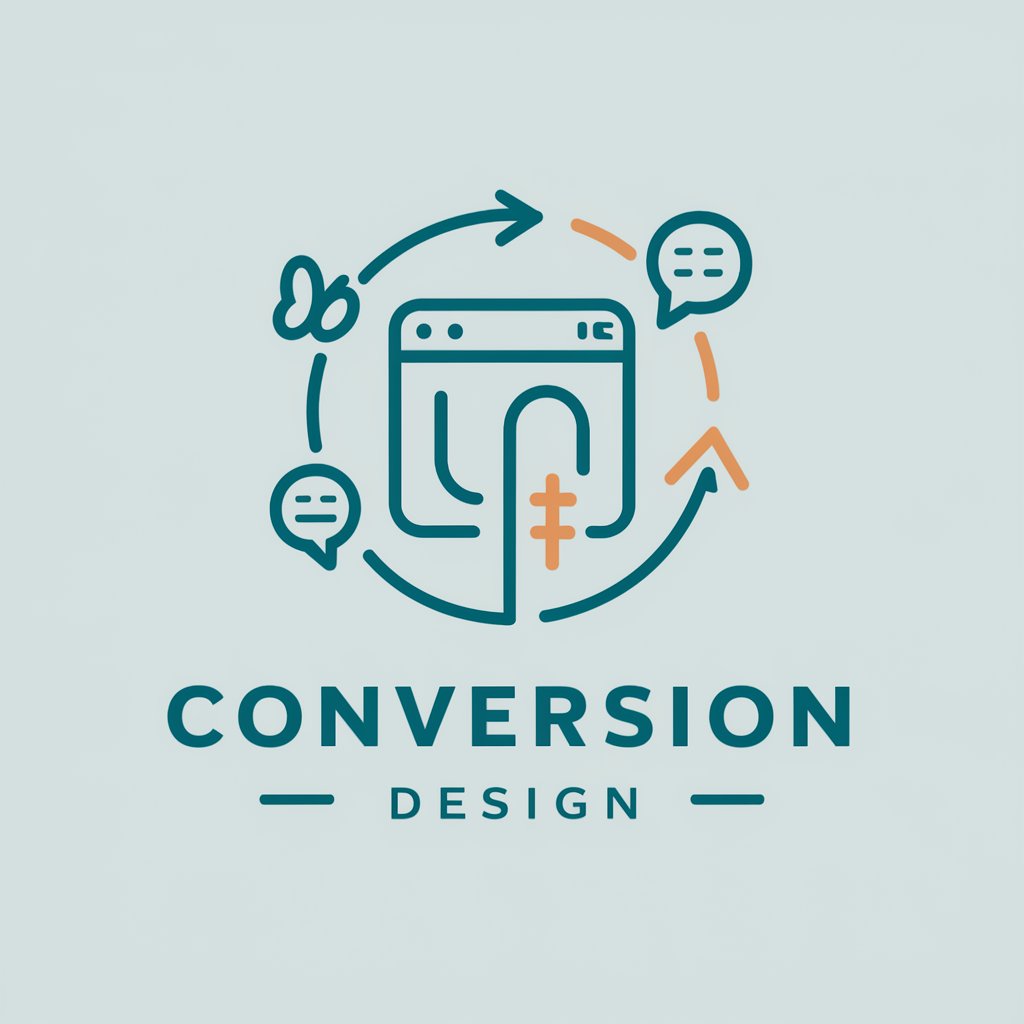
Theology Tutor
Exploring Faiths with AI-Powered Precision

ゆらぎアドバイザー
Tailoring salon success with AI insights

hostngartkil
Elevate Your SEO Game with AI

Sweetener
Sweeten Your Diet, the Smart Way
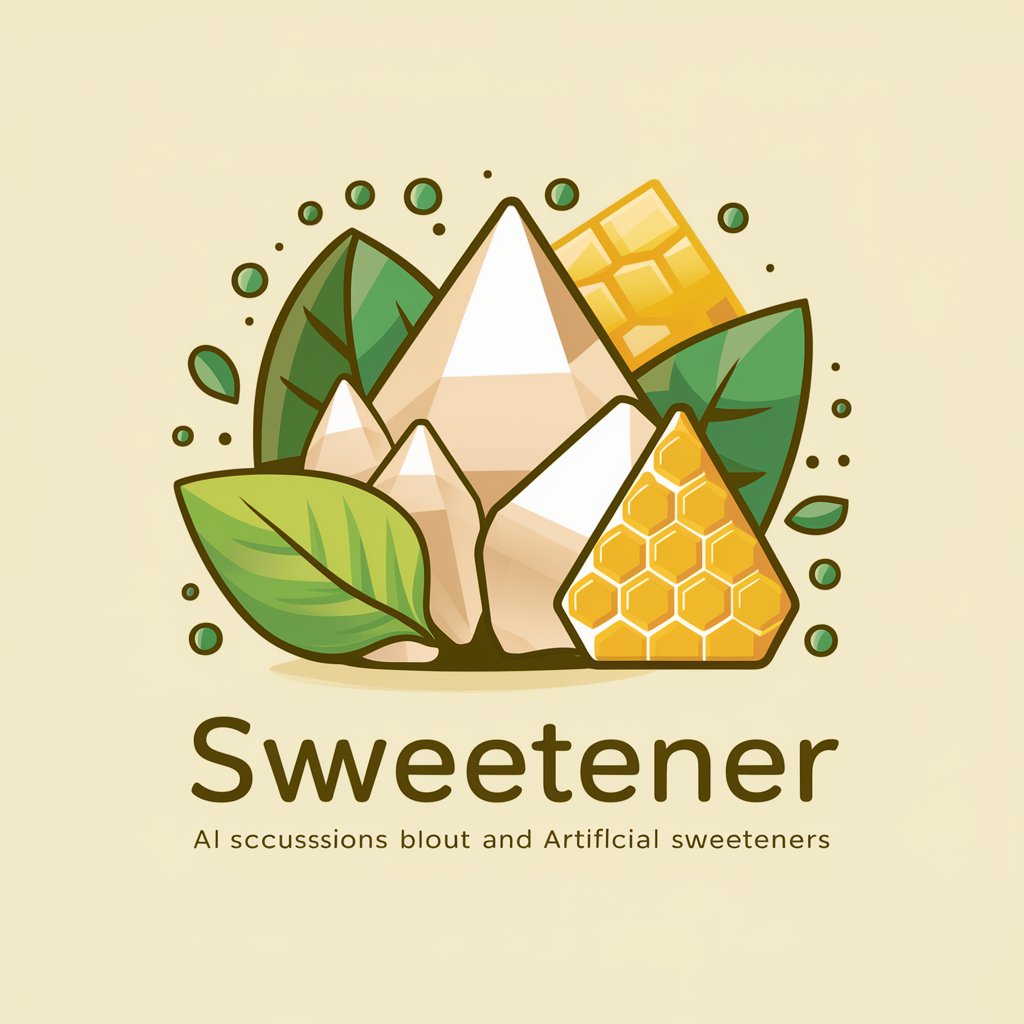
DOC ANALYSIS
Unlock insights with AI-powered document analysis
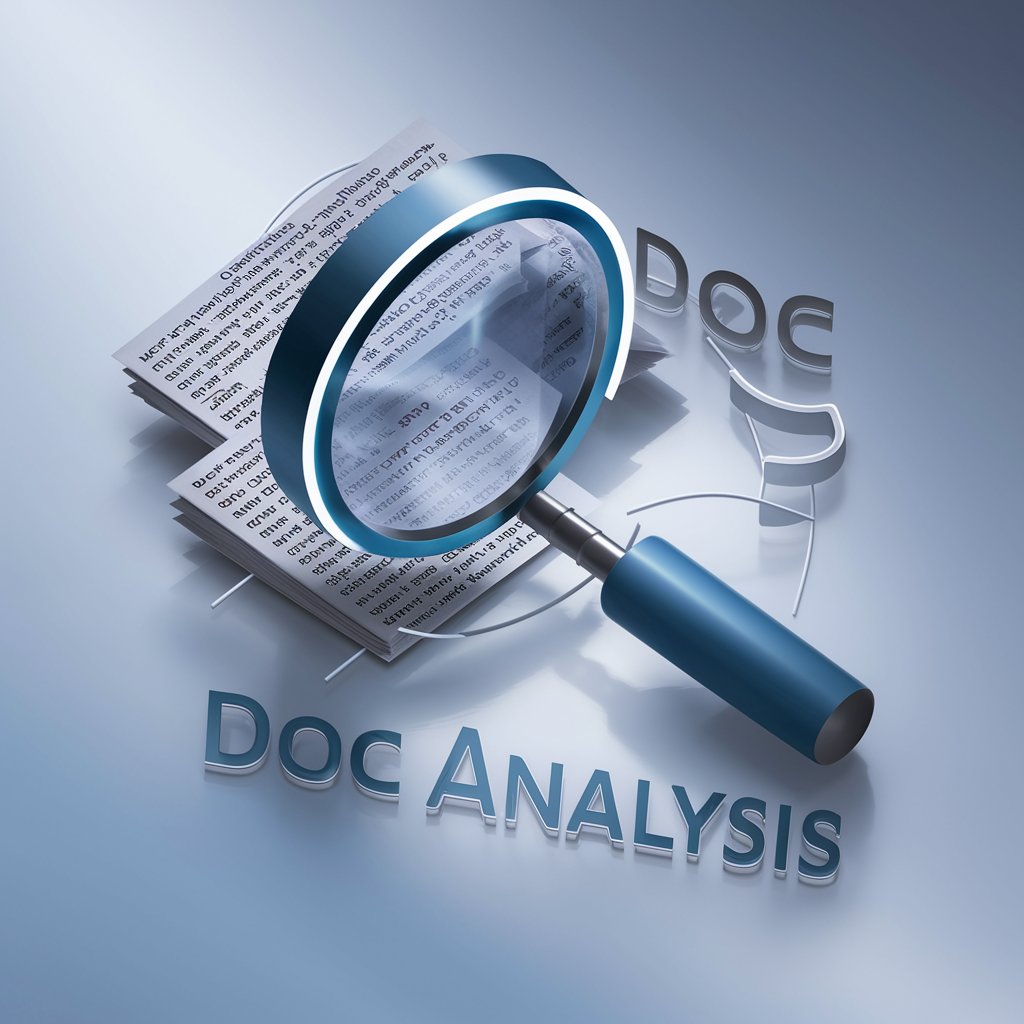
Tư Vấn Khóa Học A.I của thầy Trung Caha
Empowering Your AI Journey
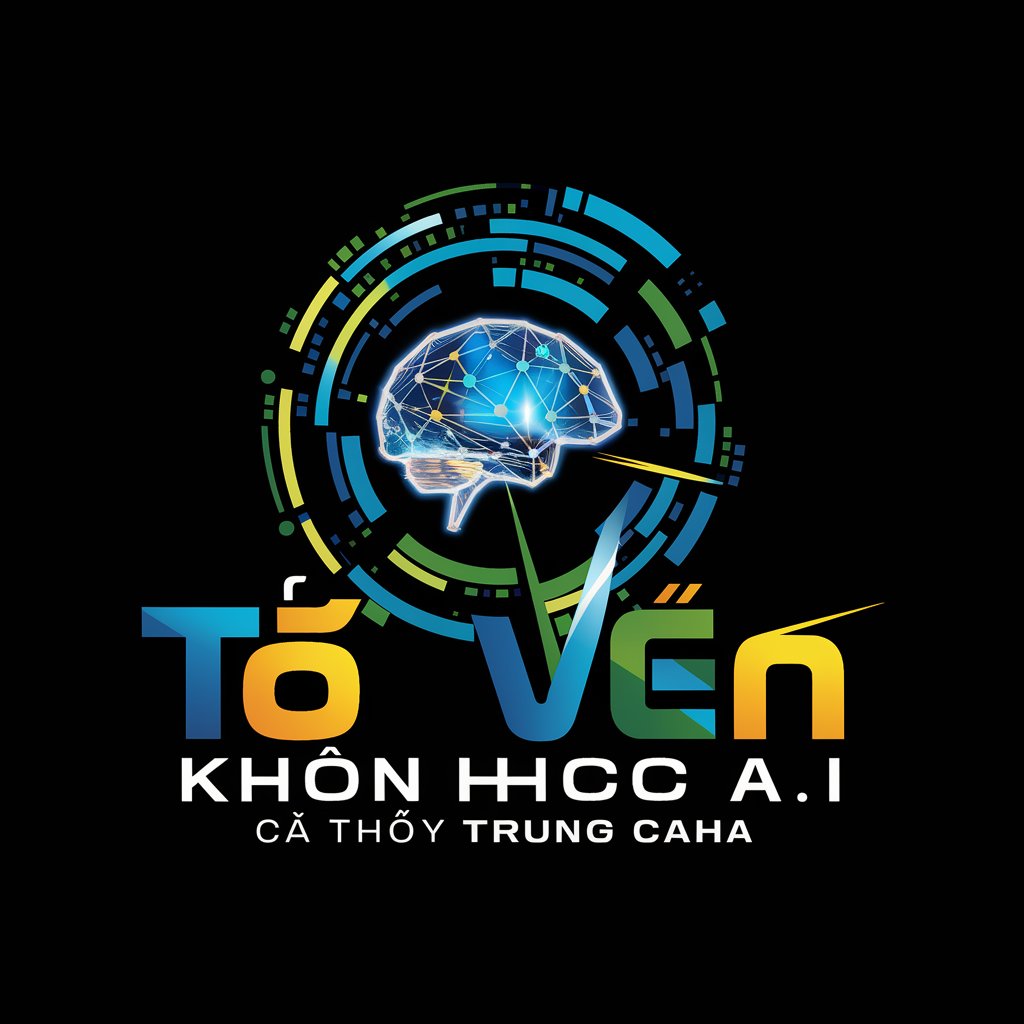
Frequently Asked Questions about Plagiarism and AI Detection
What types of documents can be analyzed with Plagiarism and AI Detection?
This tool supports a wide range of document formats, including plain text, PDFs, Word documents, and HTML files, catering to diverse needs such as academic papers, articles, and reports.
How does Plagiarism and AI Detection differentiate between original and AI-generated content?
The tool employs advanced algorithms to analyze writing styles and patterns, distinguishing between human and AI-generated text by identifying unique characteristics and anomalies in the content.
Is the data submitted for analysis kept confidential?
Yes, privacy and confidentiality are paramount. All documents and data submitted are securely processed and not shared with third parties.
Can Plagiarism and AI Detection identify all sources of plagiarized content?
While it extensively scans databases and the internet, absolute detection of all sources isn't guaranteed due to the vastness of online content and potential access restrictions.
What should I do if my document is flagged for plagiarism or AI-generated content?
Review the flagged sections and sources provided, make necessary citations, or rewrite the content to ensure originality and authenticity before submission or publication.
